
The Ins & Outs of Strategic Brand Design
Campbell Butler, Creative Director at DesignStudio, shares his insights about brand design, rebranding projects, and the importance of company-wide buy-in.
Brand design is the start-to-finish process of creating a brand's visual world. Think mood board creation, brand color selection, typography and pattern selection, logo design, and so on. But that only scratches the surface. There's a significant amount of strategy and internal buy-in that goes into even the simplest brand design initiative.
For insights on the topic, we spoke with Campbell Butler, Creative Director at DesignStudio, the award-winning agency behind Airbnb's rebrand, among many others. Prior to DesignStudio, Butler spent seven years at Wolff Olins working on large, strategic corporate branding challenges (such as major rebrands for telcos). In this interview, which was transcribed and edited for length from our Brand Buffs podcast, Campbell shares his knowledge of brand design projects, cautions against following brand design trends, and lists three things every brand needs to get right.
Thanks for your time, Campbell. Before we get to brand design, what does the word "brand" mean to you?
The best way to describe "brand" that I've heard is that brand is those things that people think of when you're not there. It's the things that stick in people's heads. When you say Nike, it's all of the imagery, thoughts, sounds, everything that makes you think about it.
So how does brand compare to brand design?
Brand design is multi-faceted. Because a brand is about an entire business and how a business presents itself to the world, you need to think about a lot of factors: internal audiences, external audiences including customers and communities, the design elements, the tone of voice, how you communicate to audiences internally and externally, etc. That's why brand design takes so long. You have to look at lots of different aspects of the company, and also the context of where the company is, their competition, and what's going on in the world.
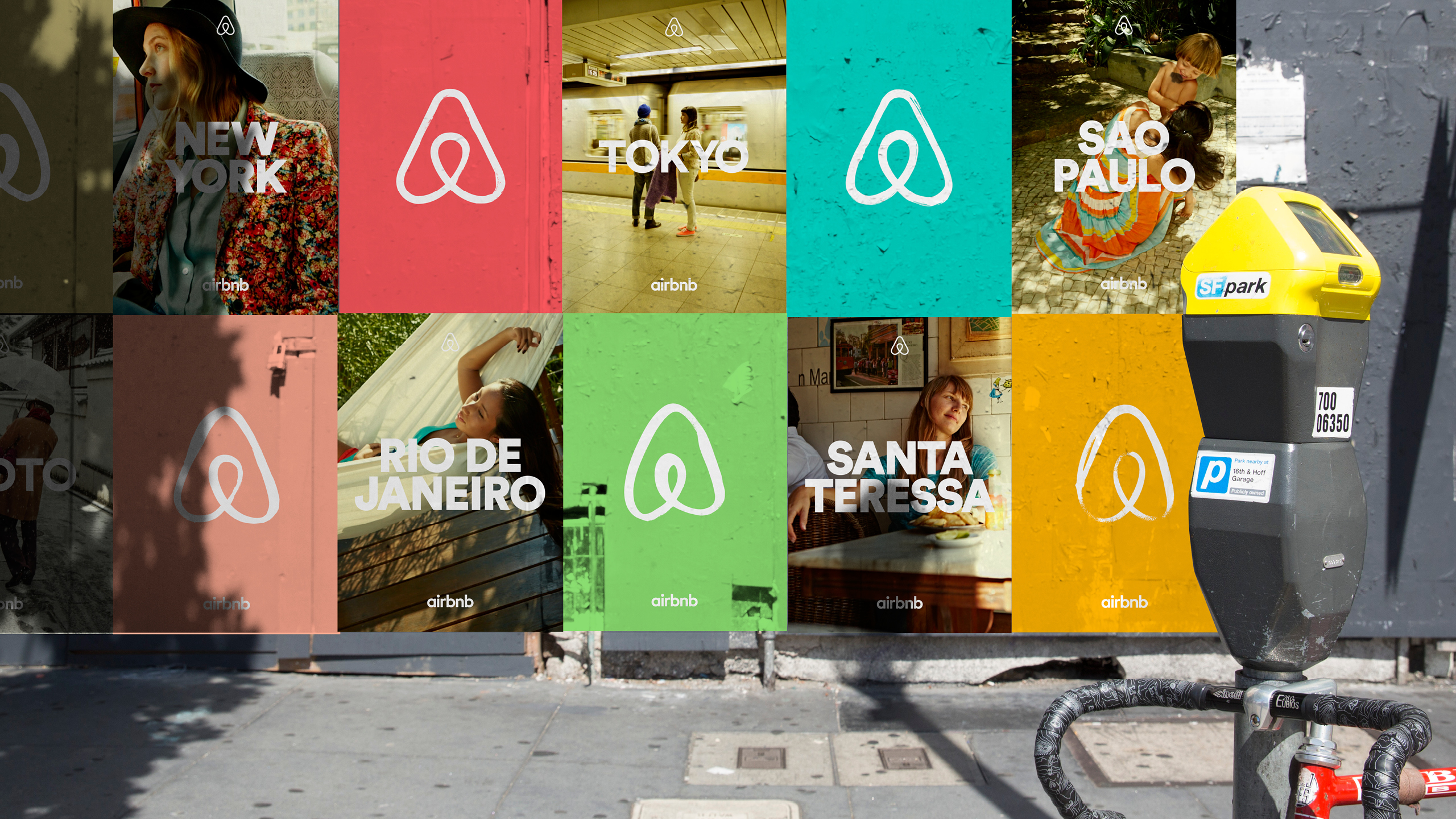 DesignStudio was the brain behind the new identity of AirBnb that helped them elevate beyond other hospitality companies and instead transformed the travel industry, evolving into a multi billion dollar business with community at its heart.
DesignStudio was the brain behind the new identity of AirBnb that helped them elevate beyond other hospitality companies and instead transformed the travel industry, evolving into a multi billion dollar business with community at its heart.
What are the biggest challenges for brand design?
The biggest challenge, particularly with larger companies, is actually internal challenges within that particular organization. How do we get all of these individuals to collectively agree on a spirit, a vibe, a strategy that's then going to roll out throughout everything they do?
The best way to solve this challenge is by immersing yourself in the client and the company's world. So [DesignStudio] goes there, we fly there no matter where they are in the world. Or, now, we go there virtually and talk to lots of people within their company, we speak to their customers, we use their products and services, we get a download from them about all of their insights, and we do workshops with them, where we get lots of people to imagine the future. Then we work really closely with their senior leadership teams. We work with them to help them articulate the vision they want to have for the company moving forward, and then we help bring everyone on board.
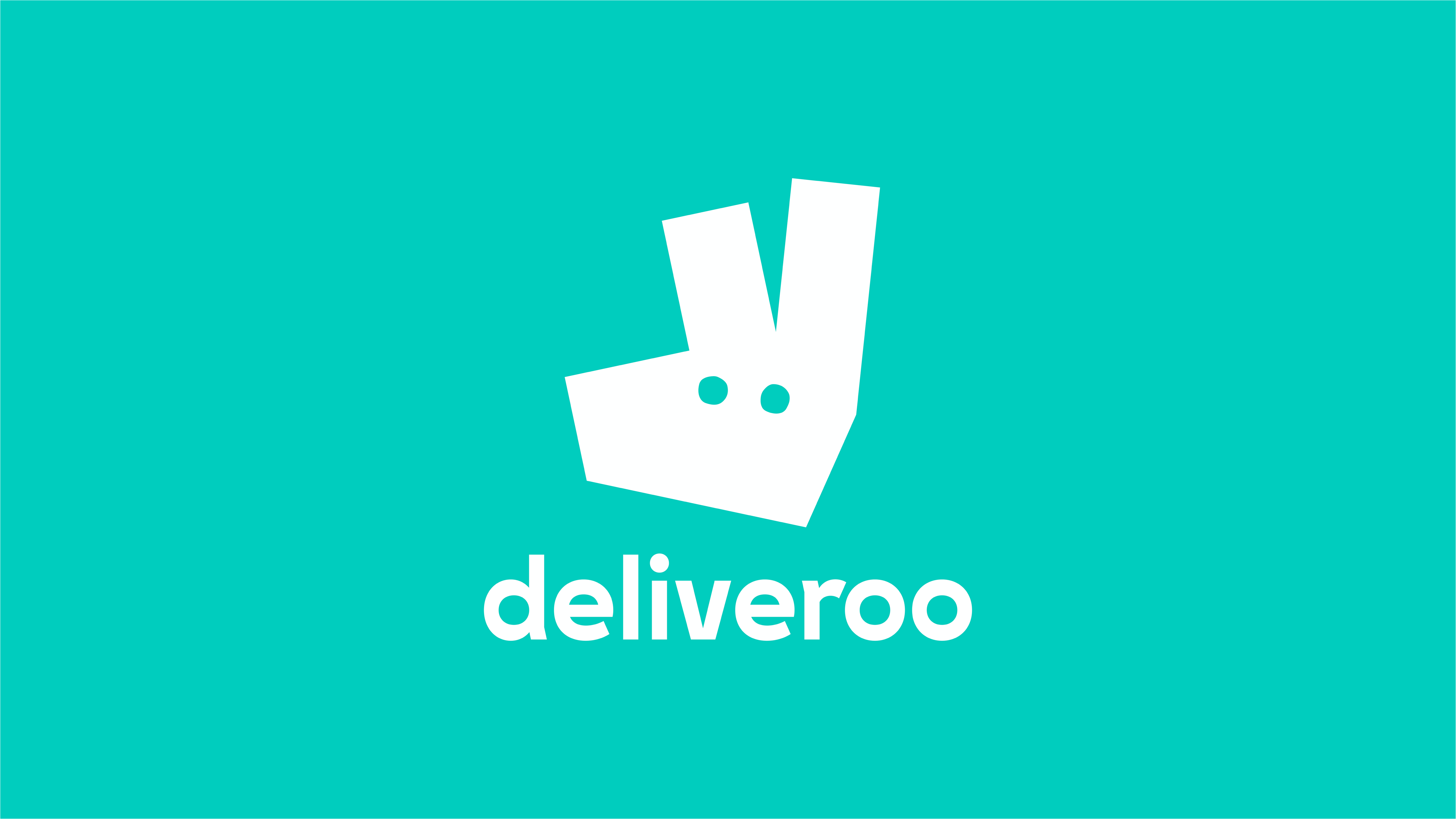 When conducting a project, DesignStudio fully immerse themselves into the world of the brand. They’ve experienced Deliveroo as both customers, and staff members – ordering loads, eating loads, and becoming delivery drivers – so had real insight.
When conducting a project, DesignStudio fully immerse themselves into the world of the brand. They’ve experienced Deliveroo as both customers, and staff members – ordering loads, eating loads, and becoming delivery drivers – so had real insight.
In fact, whenever we're doing a rebrand, we say we need complete and frequent access to all of the senior leaders in the business. If you don't have access, it will fail. I guarantee it. Or it will just massively extend your timeline. There will be a barrier and block, and you'll have to spend six more months rolling out the program, because they'll create resistance because they haven't been brought in, they haven't been taken on the journey, and it's not their vision.
Besides internal buy-in, what are the essentials for brand design?
To put it simply, there are three things: the spirit, the symbol, and the system.
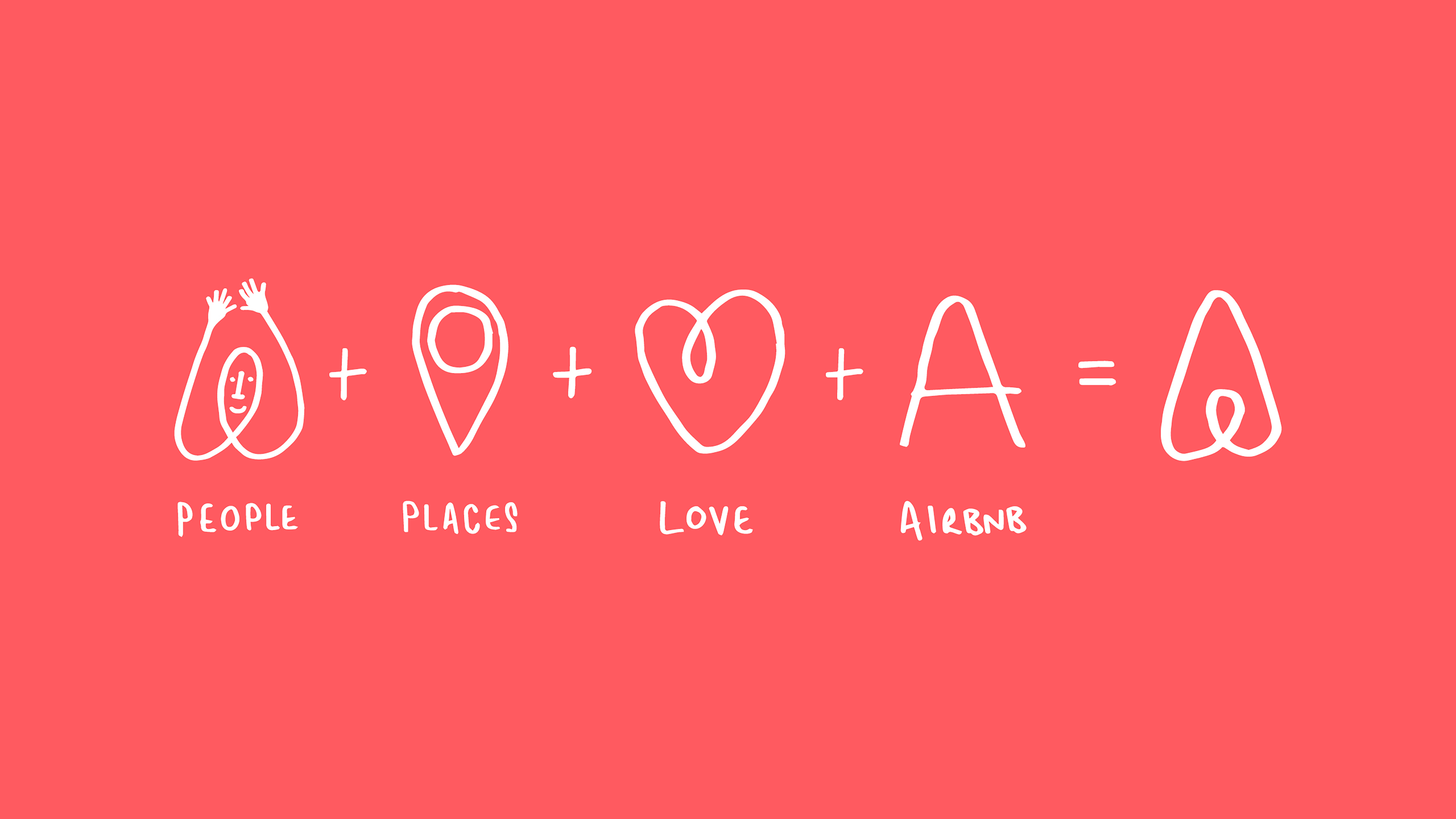 Within the rebranding of AirBnB the new symbol ‘Belo’ was developed, a simple icon that could be drawn by anyone, worked across every touchpoint, and became a symbol of belonging.
Within the rebranding of AirBnB the new symbol ‘Belo’ was developed, a simple icon that could be drawn by anyone, worked across every touchpoint, and became a symbol of belonging.
The spirit, or the story, you have to get right. What's the exciting, singular feeling that you want people to have? You have to make sure it's crystal clear internally before it goes external. Then there's the symbol, which could be the logo or any type of symbol that you use. There's the Nike symbol, the Apple symbol, and even going back in time, the cross and crescent. And the last thing is the system. What are all of the ways that all this stuff is going to come together? How are we going to combine all of the graphic elements – the colors, typography, tone of voice, the visual elements, the interactive elements, the grid systems – how can we bring these together so that a company can communicate effectively, simply, and consistently no matter where they are in the world?
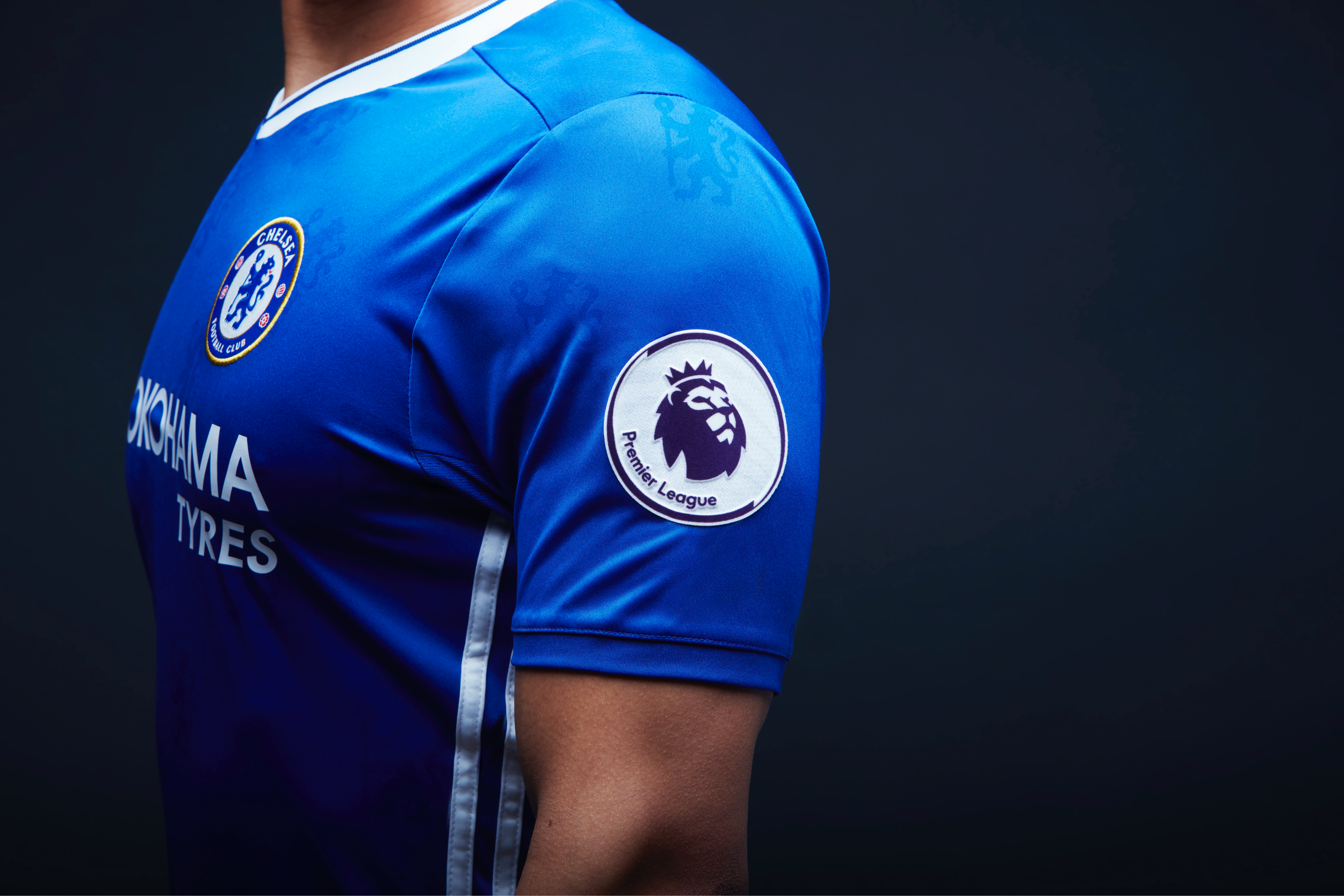 The new design system transformed Premier League into a vibrant, engaging brand experience across all channels; from broadcast and in-stadium graphics, to corporate comms, international events, web and social content, and advertising.
The new design system transformed Premier League into a vibrant, engaging brand experience across all channels; from broadcast and in-stadium graphics, to corporate comms, international events, web and social content, and advertising.
How does brand design fit into strategy?
Design plays a huge role in helping a company appear the right way, say the right things, and create stuff that looks beautiful, amazing, and useful. But a poor design or weak design that's badly implemented, or worse than that, designs that go out different every time can be incredibly disruptive and counterproductive to an overall brand impression or overall feeling from a customer's perspective. And you know it yourself when you get a letter from an energy company that feels like a lawyer has written it and it feels really scary, compared to the initial conversation that you're having when you're trying to purchase one of their products and services on their website – it looks really slick and really cool – now on the other end it's really horrible, it's awkward, it's badly worded, so it's really important to create a really holistic and powerful design identity.
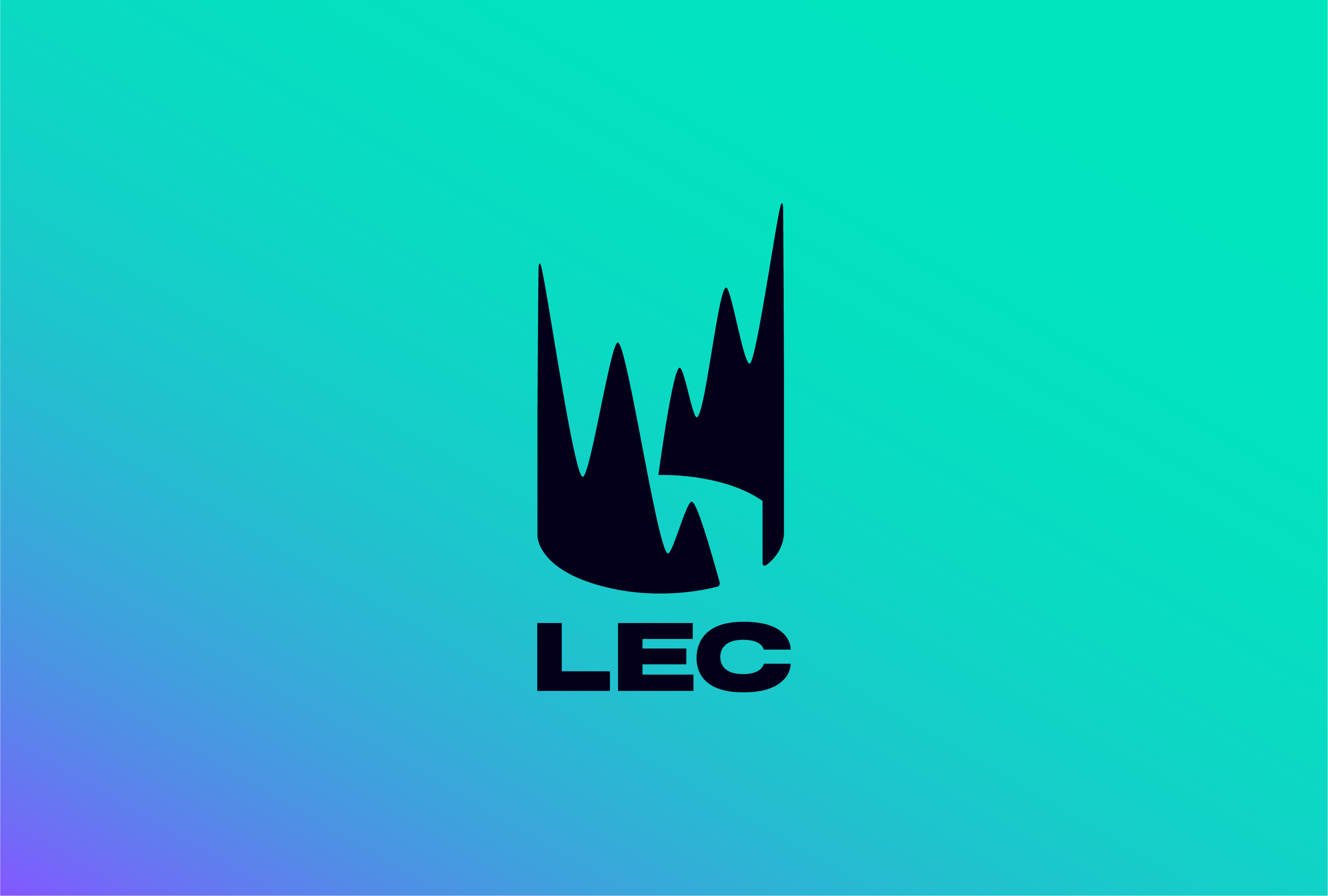 *DesignStudio is the agency behind the rebranding of Riot Games, a video game developer. They’ve built a brand with the breadth to translate across all touchpoints, however functional or whimsical. *
*DesignStudio is the agency behind the rebranding of Riot Games, a video game developer. They’ve built a brand with the breadth to translate across all touchpoints, however functional or whimsical. *
Still, I think lots of companies don't get it. They think design is just the pretty bit, it's just the picture. And a big part of my role as Creative Director is to help those business leaders really understand the power of having a singular positive message that sits at the heart of your business that then rolls out as a visual execution everywhere consistently, repetitively, flexibly, and in the right way according to the customer and community that those businesses are trying to connect with.
I think that has been a big shift for a lot of business leaders that I've worked with. I've seen them change and say, "This does make sense. They're not trying to trick me. They're trying to help me make a better brand. I'm going to be able to connect with customers more. And financially we're going to have a big benefit if we do this really consistently and well over time."
What trends do you see going forward for brand design?
You've really got to make sure that you're not designing for the short-term. If you are, it's very likely that your design is going to feel dated after even six months. It's really important that you're not obsessing or focusing too much on what's out there right now. You actually have to look at what's right for this company and design something that's going to last for 5 years.
What I see in the longer-term window – and I encourage everyone to start designing like this – is that the brand is obviously living more in a digital space, in a digital environment. So that actually gives you a lot more flexibility and fun. All of your elements need to be designed for screens, they need to interact, they need to move. Ideally, they can take it to the next level and be truly responsive or adaptive or change or modify or increase the flexibility or fun of that design that you're creating.
 Providing OneFootball with an exciting Toolkit by using the ‘Hype generator’, developed in collaboration with Artificial Rome it’s the ultimate design tool for generating exciting visuals no human could re-create. It has three states: Fracture, Neutral and Flux; ranging from jerky, tense movements to smooth flowing motions affecting everything from the logo, type and graphic patterns.
Providing OneFootball with an exciting Toolkit by using the ‘Hype generator’, developed in collaboration with Artificial Rome it’s the ultimate design tool for generating exciting visuals no human could re-create. It has three states: Fracture, Neutral and Flux; ranging from jerky, tense movements to smooth flowing motions affecting everything from the logo, type and graphic patterns.
The other thing I see is around creating a really holistic identity, something where all the parts of the identity work, are distinctive, and can carry some meaning to those customers, whether that's a piece of type that I look at in a text message, or it's a color or an element or a 3D animation or illustration or the logo itself. At DesignStudio, we call this a Meaningful Difference. We want to make a Meaningful Difference with the brands that we work with. It's about getting the vibe right, making sure they're in the right space, positioning themselves differently from everyone else out there, and then you design all of the tool kit to support it. And that's an ongoing, long-term journey.
Find Out How Frontify Helps You Manage, as Campbell Puts It, "the Spirit, the Symbol, and the System"
Frontify is a brand management software that helps thousands of brands and agencies around the world. With it, you can build a brand home that centralizes your guidelines, assets, and much more – all in one place. Click below to start a free trial and build your own brand guidelines, or subscribe to the Brand Buffs podcast for more interviews with brand leaders.
